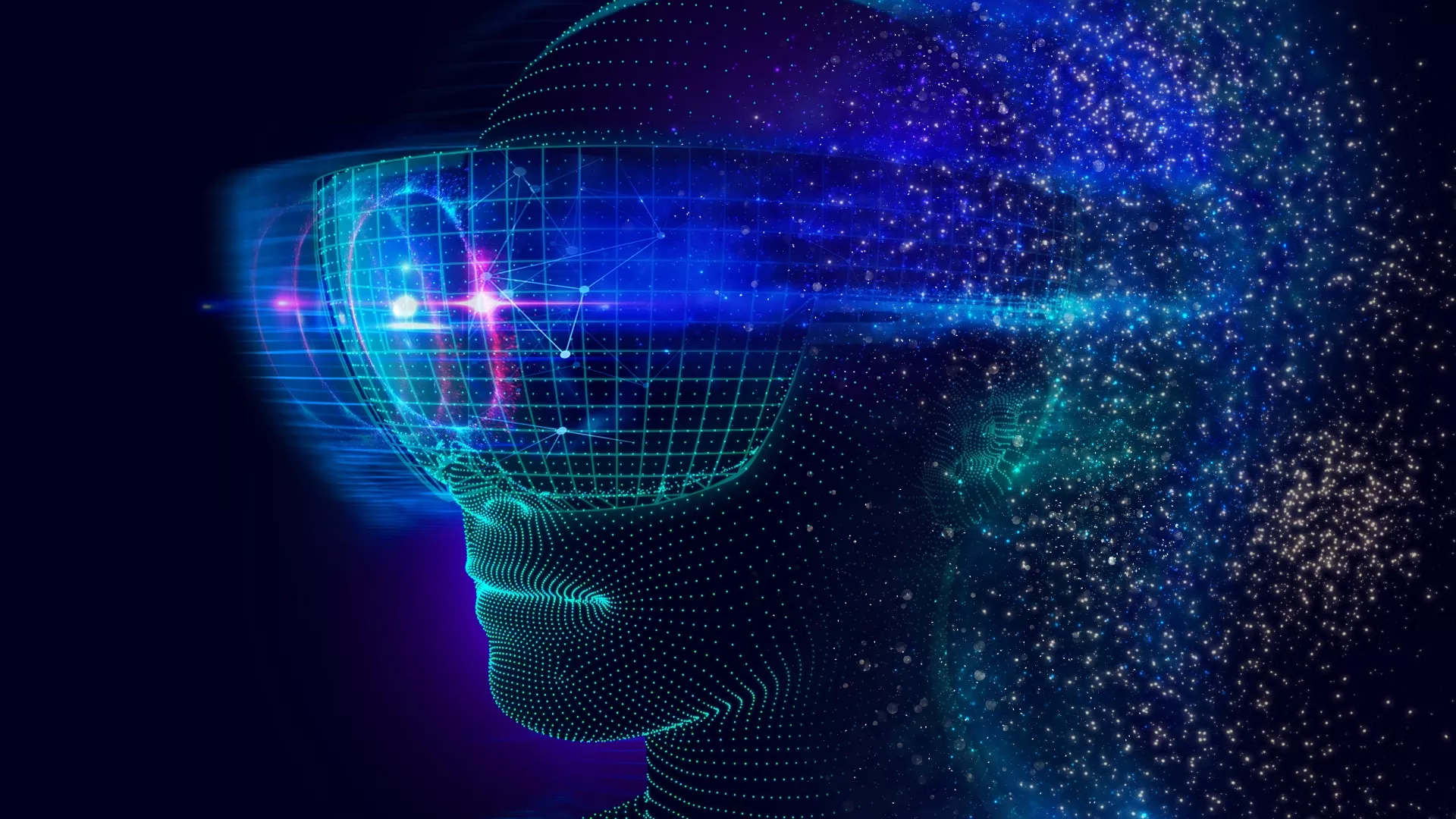Virtual Reality (VR) technology has experienced remarkable advancements over the past decade, transforming the way we engage with digital content and unlocking new possibilities across multiple industries. VR has revolutionized gaming experiences, enabled realistic simulations and training programs, and pushed the boundaries of what is achievable. In this article, we will explore seven incredible innovations in virtual reality technology that are driving the evolution of this field.
Wireless VR
A significant breakthrough in VR technology is the introduction of wireless headsets. Previous iterations required users to remain tethered to a computer, limiting mobility and immersion. However, wireless VR headsets have eliminated these constraints, enabling users to move freely without cumbersome cables. This innovation has made VR experiences more accessible, user-friendly, and immersive by granting users the freedom to explore virtual worlds unhindered.
Also Read: Benefits and Drawbacks of Blockchain Applications
Haptic Feedback
The integration of haptic feedback technology has added a new dimension to the VR experience by providing tactile sensations. Specialized gloves, vests, or controllers allow users to feel and interact with the virtual environment, heightening the sense of realism. Haptic feedback has enormous potential in gaming, medical training, and remote collaborations, where touch plays a pivotal role in user engagement and interaction.
Eye-Tracking
The integration of eye-tracking technology in VR systems allows for precise monitoring and interpretation of users’ eye movements. By tracking gaze and focus, VR devices can create more realistic and immersive experiences. For example, in gaming scenarios, games can adapt and react to the player’s visual attention, resulting in dynamic and engaging gameplay. Eye-tracking also enables foveated rendering, optimizing graphics by rendering high detail only in the user’s immediate field of view, conserving computational resources.
Mixed Reality Integration
Virtual reality has expanded beyond the digital realm through the incorporation of mixed reality (MR). MR seamlessly blends virtual objects with the real environment, enabling users to interact with both worlds simultaneously.
This innovation holds tremendous potential in fields such as architecture, engineering, and education, where users can visualize and manipulate virtual objects within real-world contexts. By merging virtual and physical realities, MR offers users unique and immersive experiences.
Social VR
Virtual reality has transitioned from a solitary experience to a social platform, enabling users to interact with others in virtual environments and fostering a shared experience. Social VR allows people to meet, communicate, and collaborate with friends, colleagues, and even strangers worldwide, creating a sense of presence and connectivity. This innovation finds applications in gaming, teleconferencing, virtual classrooms, and therapeutic settings, where users can interact and support each other in a virtual space.
Also Read: Breaking New Ground: Innovations in Virtual Reality Technology
VR-Based Therapy and Rehabilitation
Virtual reality has demonstrated significant potential as a therapeutic tool. VR-based therapy and rehabilitation programs have been developed for various conditions, including post-traumatic stress disorder (PTSD), phobias, anxiety disorders, and physical rehabilitation.
By creating realistic simulations within a controlled environment, VR therapy allows patients to confront their fears, practice coping strategies, and regain physical abilities in a safe and immersive setting. This innovation has the potential to revolutionize traditional therapy approaches and enhance patient outcomes.
Virtual Reality in Training and Education
Virtual reality has proven to be a valuable tool in training and education. Flight simulators for pilots, surgical simulations for medical professionals, and various other VR training applications offer learners a safe and cost-effective environment to practice and refine their skills.
VR provides realistic scenarios, immediate feedback, and the ability to repeat training exercises without real-world consequences. By leveraging VR technology, learners can gain practical experience in high-stakes professions, enhancing their competence and reducing risks.
Conclusion
Virtual reality technology continues to evolve at a rapid pace, driving innovation and transforming the way we experience digital content, learn, and interact. The remarkable advancements in wireless VR, haptic feedback, eye-tracking, mixed reality integration, social VR, VR-based therapy, and VR in training and education are reshaping the possibilities within the VR landscape.
As VR continues to advance, we can anticipate even more extraordinary developments that will further enhance immersion and revolutionize multiple industries, from entertainment and healthcare to training and education. The future of virtual reality holds immense promise and excitement.
Merry is a singer, content writer, blogger, a book marketer, and recovering worship leader. For two years, Merry had the amazing opportunity to minister Christian youth with her Mom, also serving as Sunday school teacher. She is now happily living with her four sisters and both parents. She also enjoys travelling, photography, and playing with her two dogs.

